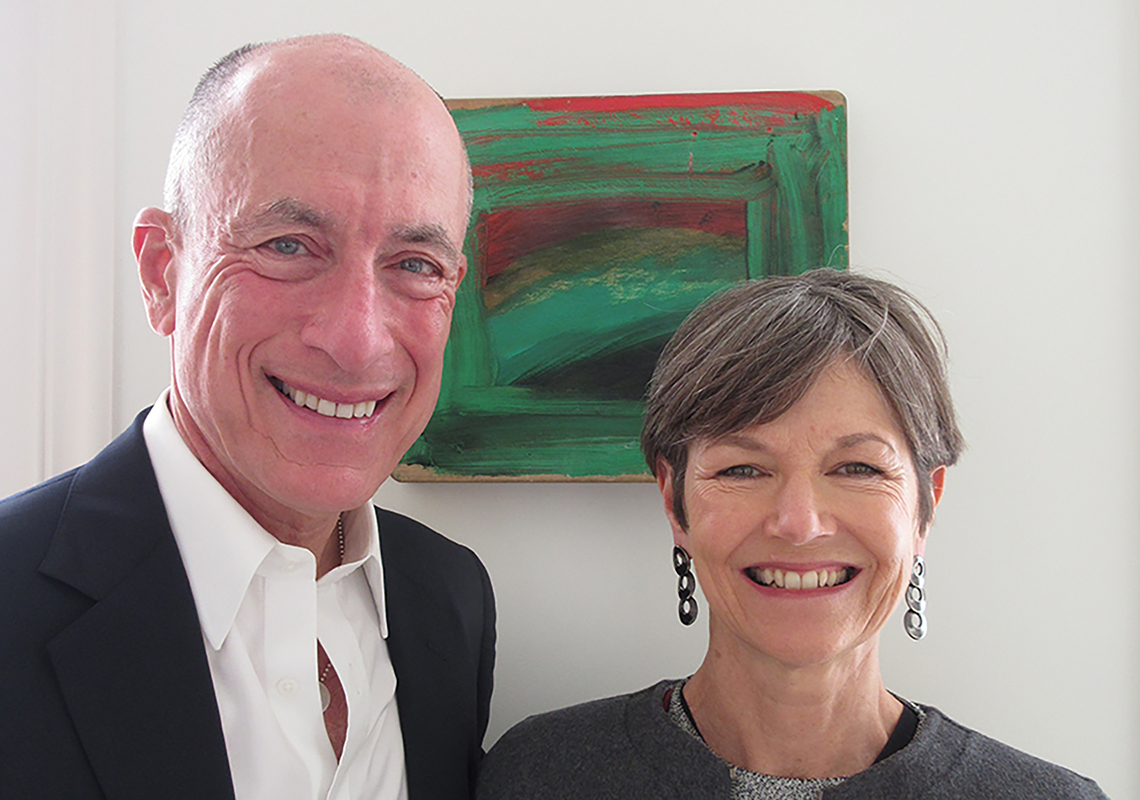
Opinion
Why Millions Matter: highlights from the latest Coutts report
by James Butler and Joanna Motion - 17 November 2015

Opinion
Why Millions Matter: highlights from the latest Coutts report
by James Butler and Joanna Motion - 17 November 2015
For the past eight years the annual Coutts Million Pound Donor Report has challenged our thinking about the pattern of giving in the UK. By revealing where philanthropists direct their biggest gifts – and how generous those gifts are – the reports raise the sights and deepen the understanding of donors, institutional leaders and fundraisers alike.
Now the UK findings form part of the wider Coutts Million Dollar Donor Report, providing insights into philanthropy in the US, Russia, China, Hong Kong, Singapore and the Middle East. Innovations this year are the inclusion of South Africa, together with a discussion section and case studies for India as well. Philanthropy is global, indeed – and wealth can be highly mobile.
Here are ten highlights from this year’s report.
Transformative giving in the UK continues to increase. The highest ever number of million pound gifts since the survey began was identified in 2014 – 298 of them. The total value of these gifts – £1.56bn – was £200m up on 2013 and is approaching the £1.62bn recorded before the recession. There is energy and momentum in UK philanthropy at the high end.
Globally, higher education continued to top the list of most popular causes in 2014 both in terms of number of donations and overall value, with 798 gifts amounting to $7.58bn. In the UK, universities received nearly a third of the amount donated. The case study on philanthropists Rory and Elizabeth Brooks helps explains why. In their words:
"Universities are good at … large-scale, long-range work. We wanted to get to grips with one of the really big core issues in the world, and ended up in a discussion about poverty. It became a game-changing moment for us."
Rory and Elizabeth Brooks are the founders of the Brooks World Poverty Institute at the University of Manchester and Rory Brooks served on the review groups that steered The Pearce Report , the 2012 study of philanthropy to UK higher education, and the follow-up study of the fundraising workforce, An Emerging Profession.
The rise of the Asian ‘mega donor’. The total value of donations made in Hong Kong nearly tripled in 2014 with five $100m+ ‘mega grants’ – three of which were for higher education. Leading the way was Joseph Tsai who donated $1.18bn to his private foundation. Also in China, Tsai’s business partner, Jack Ma, made a $2.37bn donation – single-handedly increasing the total value of donations there by a third. The report notes that it is likely these foundations will, over time, distribute these funds ‘as they establish their focus and begin to act’.
The United Arab Emirates and Saudi Arabia dominate giving in the Middle East.91% of the total donated came from donors in Saudi Arabia (54%) and the UAE (37%). Most money came from companies and associated foundations and most went overseas – with half going to disaster relief.
A number of ‘world cities’ are emerging as hubs of philanthropy. Seven-figure-donors seem to be concentrated around large cities, with London, Shanghai, Moscow and Johannesburg at the intersection of a pattern of large gifts.
Unsurprisingly, in the UK most big donors are based in London but there is a significant well of major gifts in the North West of England. 6.5% of the total given came from donors based there – the same proportion as the rest of the North, the Midlands, Scotland and Northern Ireland combined. Hats off to the likes of Norman Stoller, who appears as a case study in this year’s report, and Mike Oglesby (profiled in 201o).
Giving sans frontières… When the cause is strong, donations can cross borders. The second highest gift in the UK in 2014 came from the United Arab Emirates with Her Highness Sheikha Fatima bint Mubarak donating £60m to Great Ormond Street Hospital for the world’s first centre dedicated to paediatric research into rare diseases. This follows, for example, the £75m gift from the McCall McBain Foundation (Switzerland) to Oxford University and £10m from Eyal Ofer (Israel) to Tate Modern – both in 2013.
2014 saw a dramatic rise in corporate giving in the UK with 23% of the overall value donated by companies (against an average of around 10% in each year between 2008 and 2010). Coutts cites a combination of increased giving from companies such as Goldman Sachs and the arrival of new donors including the Bet365 Foundation. It’s a trend we have flagged up for some time.
Fundraisers matter. These exceptional gifts don’t fall from the sky. As Dr Beth Breeze of the Centre of Philanthropy at the University of Kent, co-author of the UK report, points out: ‘we should acknowledge and celebrate the role that the fundraising profession has played in encouraging and supporting “million pound donors”. Having well-trained and trusted people who are willing to make a compelling “ask” for seven-figure sums enables more charities and their beneficiaries to benefit from the major donors.’
A culture of philanthropy can be grown and strengthened by conscious actions, whether through initiatives such as the Giving Pledge and the Founders Pledge, the role models of philanthropy featured in successive Coutts Reports or the increasing professionalism and expertise of fundraising staff. In the UK last year, there were 33 donors giving for the first time at the seven-figure level – an indicator to lift the spirits. What could that figure be this time next year?